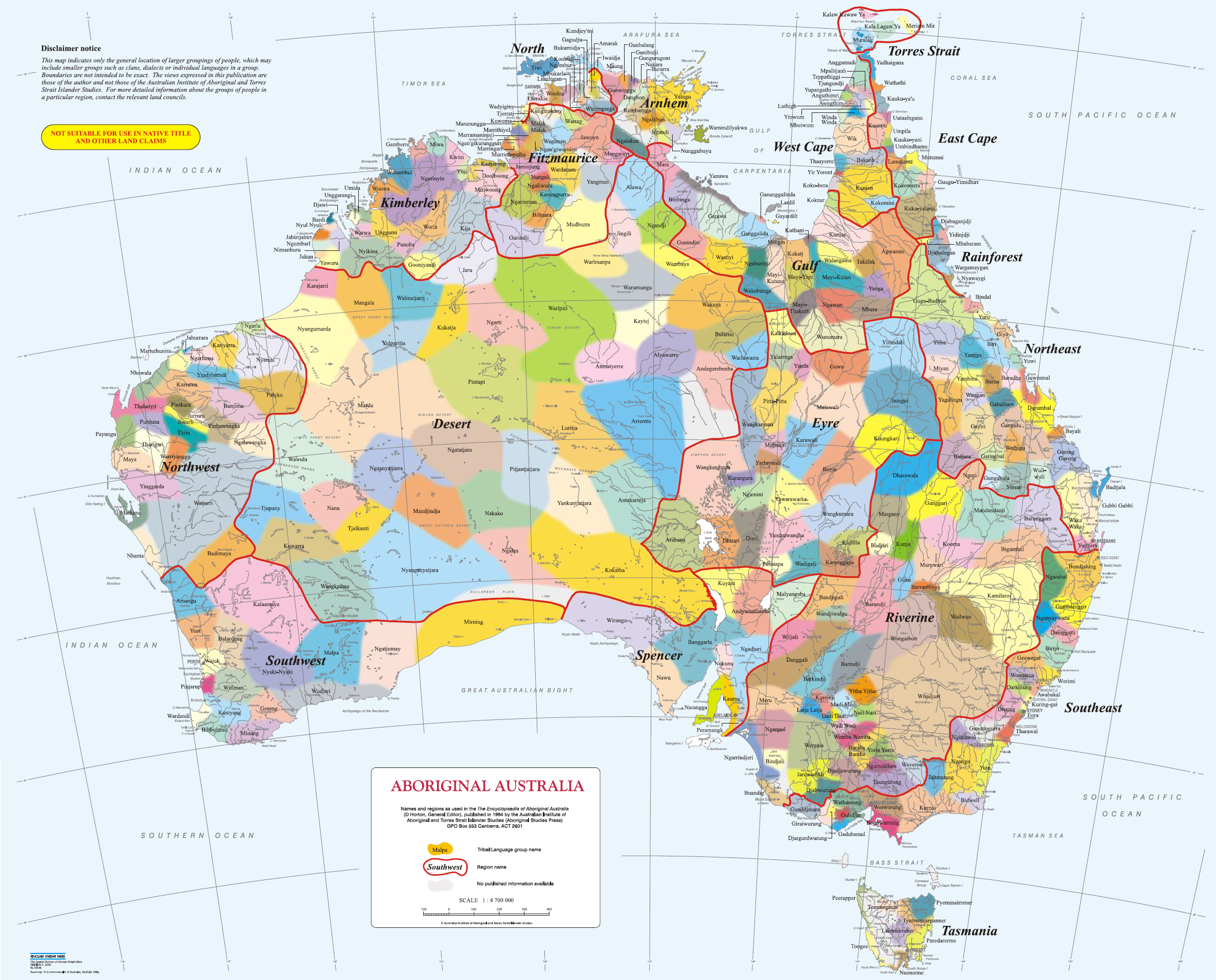Aboriginal Peoples
Aboriginal peoples
Aboriginal and Torres Strait Islander peoples are the first peoples of Australia.
Aboriginal people hold a unique place in Australian history and continue to make an essential contribution to our ongoing national development and identity.
Over time, the following definition has been agreed within the community and Australian Government to identify when someone is an Aboriginal person.
Is of Aboriginal descent
Identifies as an Aboriginal person, and
Is accepted as an Aboriginal by the community in which he or she lives.
Aboriginal peoples retain their cultural identity whether they live in urban, regional or remote areas of Australia. There is a great diversity of cultures, languages, kinship structures and ways of life among Aboriginal people across Australia. Aboriginal peoples have distinct cultures. Aboriginal peoples are comprised of many different language and/or tribal groups.
Face the Facts, 2012
It is estimated that Aboriginal and Torres Strait Islander people represent 3.2% of the Australian resident population.
In 2021, there were 813,000 people identified as being of Aboriginal and/or Torres Strait Islander origin and counted in the Census.
- 91% identified as Aboriginal peoples
- 4% identified as Torres Strait Islander peoples
- 4% identified as both Aboriginal and Torres Strait Islander peoples.
ABS 2021 Census
Australia’s first people
Aboriginal people lived in small family groups and were semi-nomadic, with each family group living in a defined territory, systematically moving across a defined area following seasonal changes. Groups had their own distinct history and culture. At certain times, family groups would come together for social, ceremonial and trade purposes. It is estimated that
up to 500 people gathered at the one time. Membership within each family or language group was based on birthright, shared language, and cultural obligations and responsibilities. Relationships within groups predetermined categories of responsibilities and obligations to the group and to family. Aboriginal people built semi-permanent dwellings; as a nomadic society emphasis was on relationships to family, group and country rather than the development of an agrarian society. Being semi-nomadic meant that Aboriginal people were also relatively non-materialistic. Greater emphasis was placed on the social, religious and spiritual activities. The environment was controlled by spiritual rather than physical means and religion was deeply tied to country.4,5
According to Aboriginal beliefs, the physical environment of each local area was created and shaped by the actions of spiritual ancestors who traveled across the landscape. Living and nonliving things existed as a consequence of the actions of the Dreaming ancestors. Helen Milroy speaks about the importance of land as part of the Dreaming:
We are part of the Dreaming. We have been in the Dreaming for a long time before we are born on this earth and we will return to this vast landscape at the end of our days. It provides for us during our time on earth, a place to heal, to restore purpose and hope, and to continue our destiny.6 (p414)
Land is fundamental to Indigenous people, both individually and collectively. Concepts of Indigenous land ownership were, and are, different from European legal systems. Boundaries were fixed and validated by the Dreaming creation stories. Each individual belonged to certain territories within the family group and had spiritual connections and obligations to particular country. Hence land was not owned; one belonged to the land. Aboriginal people experience the land as a richly symbolic and spiritual landscape rather than merely a physical environment. Religion was based on a philosophy of oneness with the natural environment. Both men and women were involved in the spiritual life of the group. While men have been acknowledged as having the overarching responsibilities for the spiritual activities of the groups, past scholars studying Aboriginal cultures have neglected women’s roles. Women’s roles in traditional contexts, how these were disrupted during colonisation, and the misrepresentation of these roles, have become important issues.
Aboriginal social, cultural and historical contexts
Indigenous Australia
The following map shows the cultural and language groups of Indigenous Australia.



